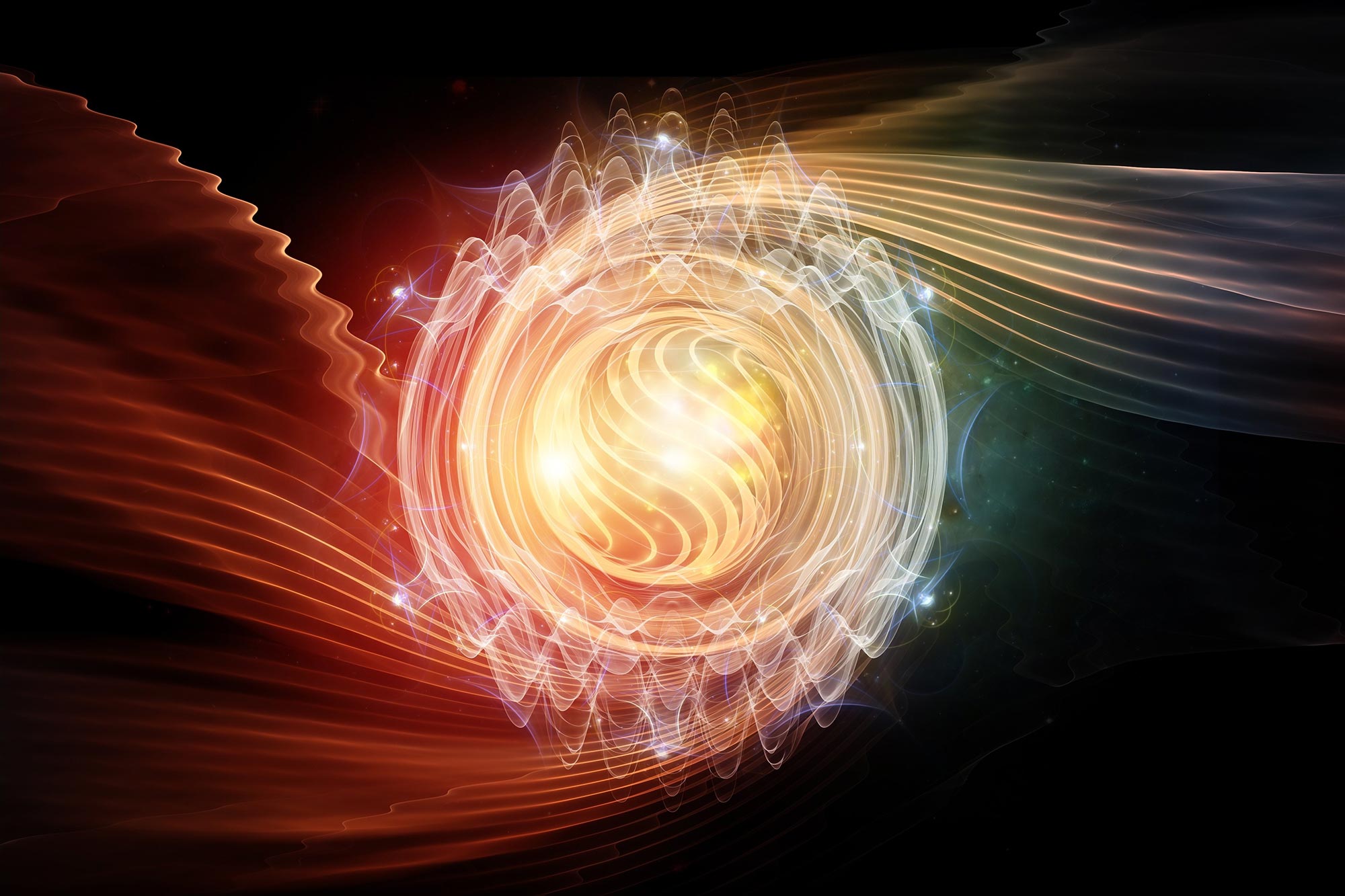
Más de un siglo después de que se teorizara por primera vez, los científicos han completado la tarea de Einstein sobre la relatividad especial en el electromagnetismo.
Investigadores de la Universidad de Osaka muestran la contracción relativista de un campo eléctrico producido por partículas cargadas que se mueven rápidamente, como lo predice la teoría de Einstein, lo que podría ayudar a mejorar la investigación en física de partículas y radiación.
Hace más de un siglo, uno de los físicos modernos más renombrados, Albert Einstein, propuso la innovadora teoría de la relatividad especial. La mayor parte de todo lo que sabemos sobre el universo se basa en esta teoría, sin embargo, parte de ella no se ha demostrado experimentalmente hasta ahora. científicos de universidad de osaka El Instituto de Ingeniería Láser utilizó mediciones electroópticas ultrarrápidas por primera vez para visualizar la contracción del campo eléctrico alrededor de un haz de electrones que viajaba a una velocidad cercana a la de la luz y demostrar el proceso de generación.
De acuerdo con la teoría de la relatividad especial de Einstein, se debe usar una “transformación de Lorentz” que combina las coordenadas de espacio y tiempo para describir con precisión el movimiento de los objetos que pasan por un observador a velocidades cercanas a la velocidad de la luz. Pudo explicar cómo estas transformaciones dieron como resultado ecuaciones autoconsistentes para campos eléctricos y magnéticos.
Aunque diferentes efectos de la relatividad se han probado numerosas veces con un alto grado de experiencia[{” attribute=””>accuracy, there are still parts of relativity that have yet to be revealed in experiments. Ironically, one of these is the contraction of the electric field, which is represented as a special relativity phenomenon in electromagnetism.

Illustration of the formation process of the planar electric field contraction that accompanies the propagation of a near-light-speed electron beam (shown as an ellipse in the figure). Credit: Masato Ota, Makoto Nakajima
Now, the research team at Osaka University has demonstrated this effect experimentally for the first time. They accomplished this feat by measuring the profile of the Coulomb field in space and time around a high-energy electron beam generated by a linear particle accelerator. Using ultrafast electro-optic sampling, they were able to record the electric field with extremely high temporal resolution.
It has been reported that the Lorentz transformations of time and space as well as those of energy and momentum were demonstrated by time dilation experiments and rest mass energy experiments, respectively. Here, the team looked at a similar relativistic effect called electric-field contraction, which corresponds to the Lorentz transformation of electromagnetic potentials.
“We visualized the contraction of an electric field around an electron beam propagating close to the speed of light,” says Professor Makoto Nakajima, the project leader. In addition, the team observed the process of electric-field contraction right after the electron beam passed through a metal boundary.
When developing the theory of relativity, it is said that Einstein used thought experiments to imagine what it would be like to ride on a wave of light. “There is something poetic about demonstrating the relativistic effect of electric fields more than 100 years after Einstein predicted it,” says Professor Nakajima. “Electric fields were a crucial element in the formation of the theory of relativity in the first place.”
This research, with observations matching closely to Einstein’s predictions of special relativity in electromagnetism, can serve as a platform for measurements of energetic particle beams and other experiments in high-energy physics.
Reference: “Ultrafast visualization of an electric field under the Lorentz transformation” by Masato Ota, Koichi Kan, Soichiro Komada, Youwei Wang, Verdad C. Agulto, Valynn Katrine Mag-usara, Yasunobu Arikawa, Makoto R. Asakawa, Youichi Sakawa, Tatsunosuke Matsui and Makoto Nakajima, 20 October 2022, Nature Physics.
DOI: 10.1038/s41567-022-01767-w
The study was funded by the Japan Society for the Promotion of Science and the NIFS Collaborative Research Program.

“Creador malvado. Estudiante. Jugador apasionado. Nerd incondicional de las redes sociales. Adicto a la música”.





